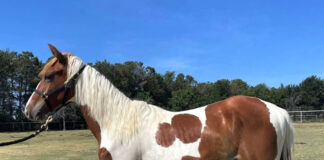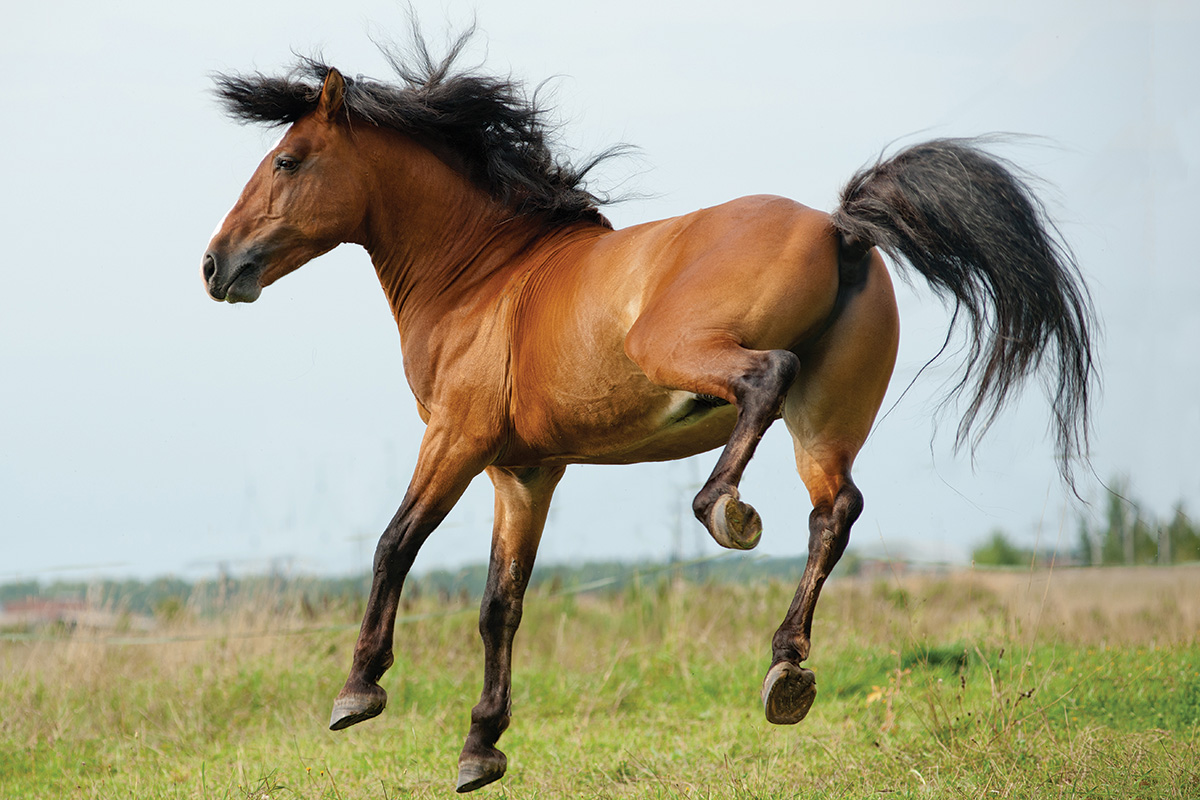
Some horses can go barefoot even while being ridden regularly, while others depend on shoes to stay sound under a heavy workload or in challenging terrain. There are also horses who are barefoot much of the time, and only use shoes or alternative hoof wear as needed.
Education and Commitment
You might be surprised to find going shoeless is as much about the owner as it is about the horse.
Both time and commitment are required for a horse to successfully transition out of shoes to barefoot. The process only works well when the owner is willing take responsibility and do what is necessary to help the horse grow and maintain healthy feet, according to Keith “K.C.” La Pierre, MAEP, RJF, CF, a prominent equine podiatrist, whose Institute of Applied Equine Podiatry, Inc. is based in Ocala, Fla.
As developer of Applied Equine Podiatry (AEP) and the High Performance Trim Balance Method (HPT), La Pierre grades horses’ feet using a “spectrum of usability.” Simply put, this evaluates internal and external structures of the foot to gauge what forces the foot can withstand and stay strong.
Normal Hoof Function
The healthy bare hoof is constantly contracting and flexing as it comes in contact with the ground. This distortion, or continual changing of shape, is how the foot interacts with varying surfaces. In essence, the hoof is designed to function as a shock absorber.
When a healthy foot is confined to a rigid horseshoe, this limits distortion, but the foot needs to distort to function properly. Nailing shoes to the feet prevents them from flexing under impact and interferes with the hoof’s natural ability to absorb shock.
Factors to Consider
People often think the word “environment” refers to geography. Although geographic location contributes to the whole picture, a horse’s environment includes how he is kept (stall, dirt lot, pasture), exercise, nutrition, hydration and how much stress he’s under regularly.
Look closely at your management and feeding practices:
◆ You should be feeding a balanced diet at appropriate amounts to maintain your horse at optimal weight.
◆ Good hydration (fresh, cool water readily available 24/7) is crucial. More than half of the foot is cartilage and highly dependent on hydration.
◆ Consider your horse’s living situation. Is he often standing in manure, urine or mud? Is he turned out on lush pasture? Do his surroundings allow the opportunity to travel over surfaces that will naturally wear down the hoof? The best environment is clean and dry with varied surface options.
◆ How much exercise does your horse get? For optimal health, your horse needs to move! For many owners, this requires a commitment to provide more exercise.
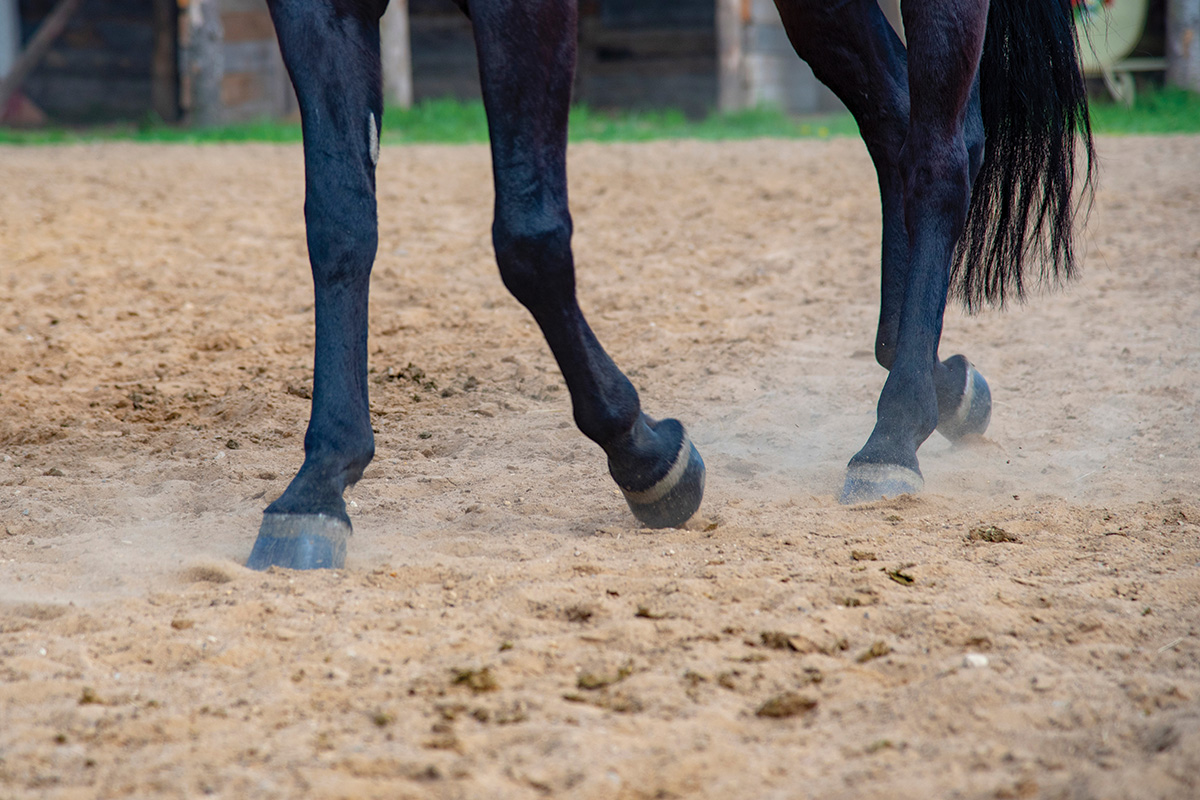
How Long Will It Take for a Horse to Stay Barefoot?
Owners commonly ask, “How long will it take until I can ride my horse without shoes?” and, “Will my horse be sore?”
Hooves are just as individual as the horses standing on them, but you should expect an adjustment period when transitioning out of shoes.
“The foot needs to have stability, and a lot of horses coming out of traditional shoeing with rigid horseshoes don’t have stability,” says La Pierre.
The foot’s internal and external structures must become healthy and strong enough to be barefoot all the time. The time it takes to transition to shoeless depends on:
◆ The horse owner’s commitment;
◆ The current health of the horse’s feet, including any damage and weakness;
◆ The horse’s environment;
◆ Having an experienced hoof care professional able to trim the horse correctly.
If you’ve been told your horse has “bad” feet, you may think he’s destined to stay in shoes forever. Not necessarily.
La Pierre finds these are often the horses that most benefit from transitioning to shoeless. Rehabbing their feet will be a greater challenge, but if you’re willing to invest the time, your horse’s feet can improve dramatically.
Finding the Right Care for a Barefoot Horse
For a horse to successfully transition to barefoot, he needs a balanced trim—one that allows the foot to flex and function correctly.
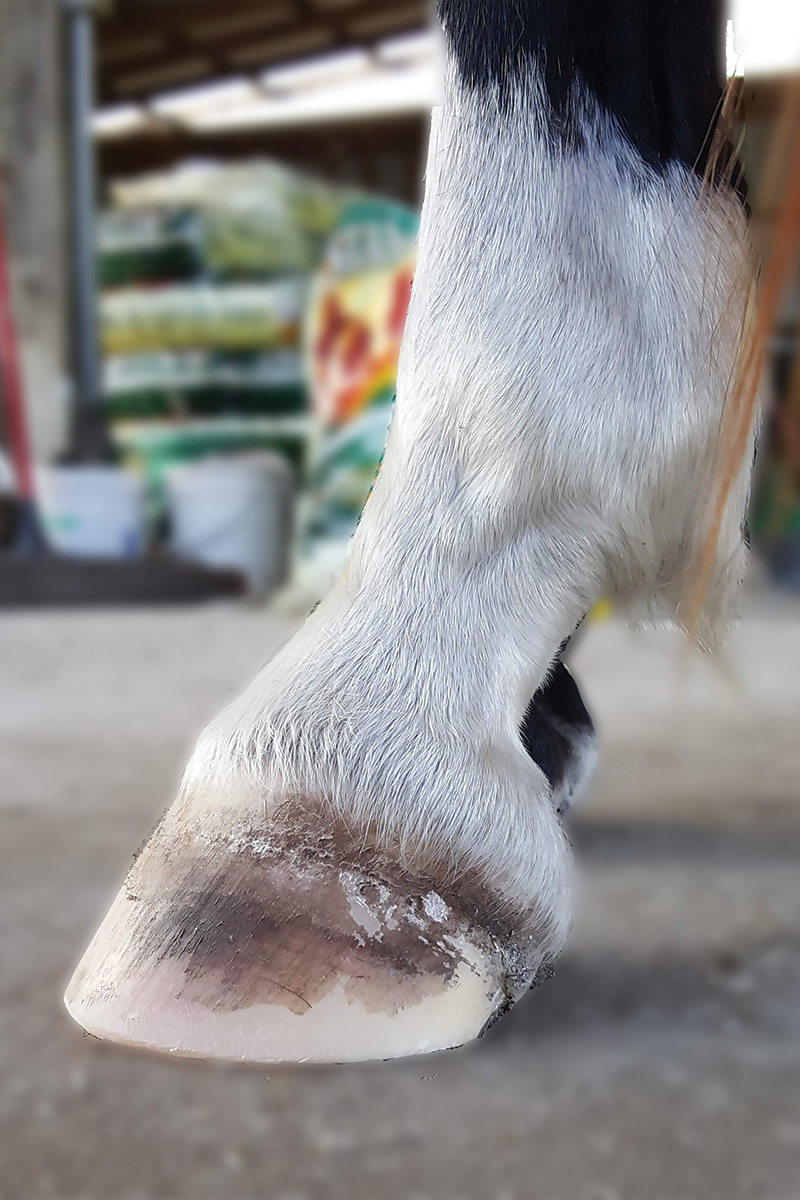
It’s possible the farrier you’re currently using could transition your horse out of shoes if they have a good understanding of foot function and anatomy.
First, ask which of the three “barefoot models” your farrier subscribes to:
◆ Wild hoof model
◆ Conventional model
◆ Alternative model (such as HPT Balance Method)
“The foot has to deal with force; the wild horse is smaller and doesn’t carry a rider, so it’s never subjected to the force of the domesticated horse,” says La Pierre, who finds owners have the most success with alternative or conventional models.
He emphasizes that the most important aspect of trimming is that all structures of the hoof are balanced.
“When you’re looking to transition to barefoot, it’s not just about the trim,” says La Pierre. “Ask yourself: Can this person advise me on the guidance of returning health to the structures that are lacking in my horse’s feet?”
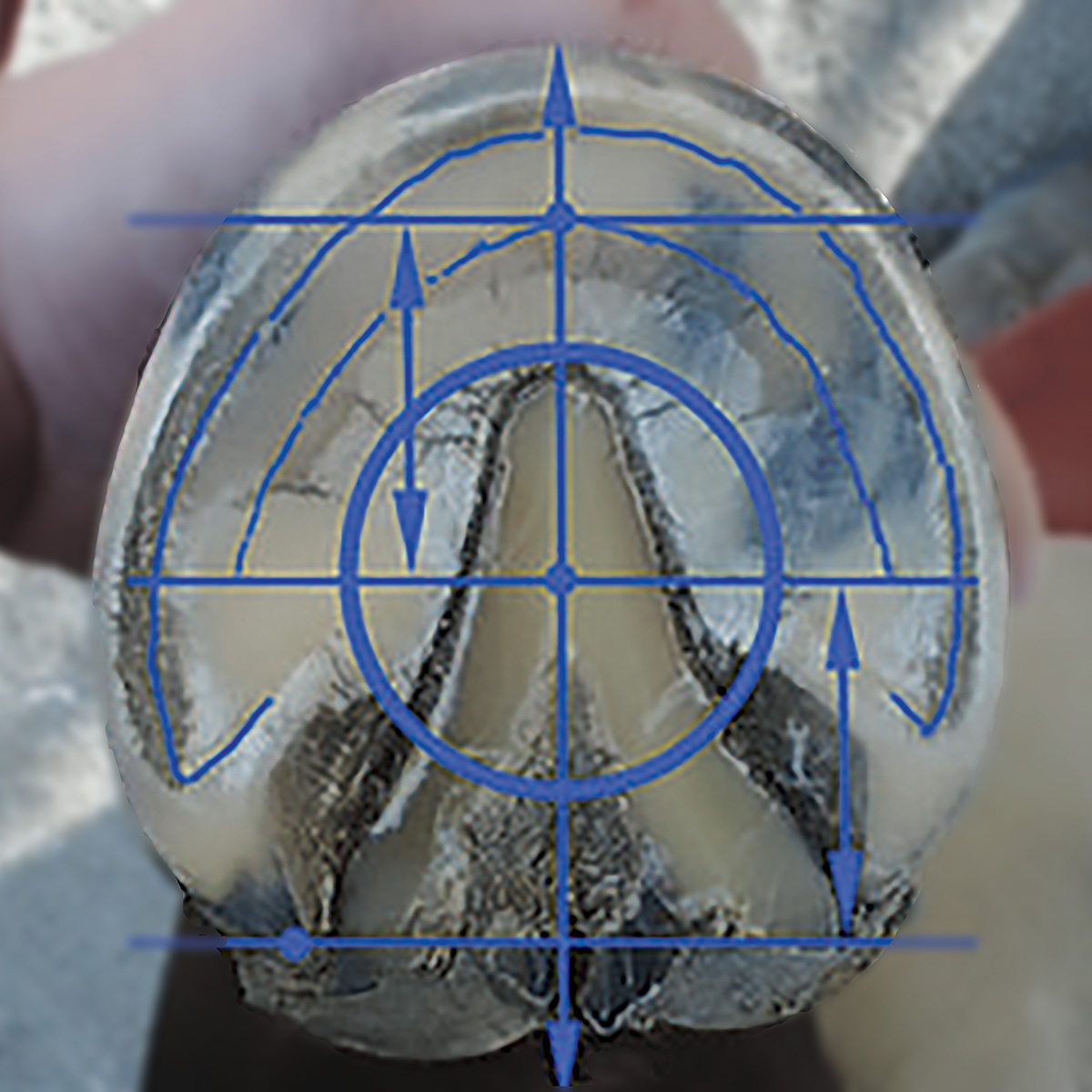
Making the Transition
Going barefoot is not just about pulling a horse’s shoes. Transitioning to shoeless isn’t an overnight solution, and it shouldn’t be done to save money on shoeing.
Once you have a hoof care professional ready to help your horse move out of shoes, they can evaluate your horse’s foot structures and develop a plan if improvement is needed to make the feet stronger and healthier.
Alternative hoof wear may be useful during transition. This includes hoof boots or a temporary covering like Perfect HoofWear, a non-cast flexible hoof wrap that provides stability and protection.
Despite their owners’ best efforts, some horses aren’t physically able to go 100 percent barefoot. Reasons include:
◆ Poor foot conformation due to genetics;
◆ One or more structures of the foot is too weak to handle being barefoot;
◆ Horses with chronically unstable feet, such as those diagnosed with chronic founder;
◆ Horses in high-intensity work (heavy jumping, extremely rocky terrain, et cetera) when discipline demands exceed the ability of the bare hoof to withstand the force involved.
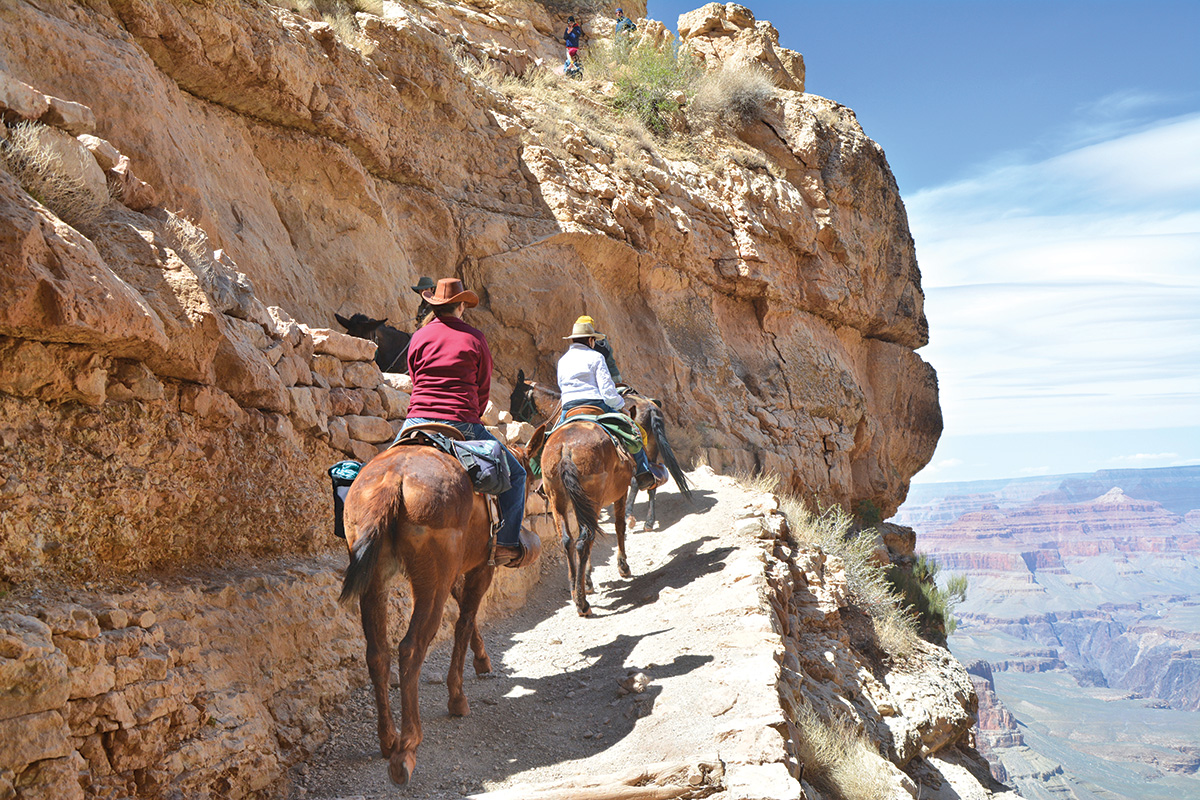
First-Hand Experience
Cris Ann Bybee of Ely, Nev., has been an active trail rider for decades in some of the West’s most rugged terrain, yet all three of her horses are barefoot.
Her 15-year-old Quarter Horse gelding had been in shoes since he was young when she bought him two years ago.
“I had my vet come out and do X-rays to be sure there were no bone issues,” says Bybee. “Once that was clear, I knew the rest was fixable. I did put him in Perfect HoofWear because he was sore coming out of shoes. That helped a lot and his feet got better and better.”
Bybee said it took about four trim cycles, about four months in this case, for her gelding to be comfortable barefoot.
She still brings along her Easyboots when riding in the mountains where trails are rocky.
“In the West, where it’s so hard and dry, this is just added protection,” she says.
Bybee has transitioned almost 50 horses from shod to full-time barefoot since becoming a DAEP (Diploma in Applied Equine Podiatry) in 2008. For her horse clients that simply don’t meet the AEP criteria for full time barefoot for a variety of reasons, Bybee practices AEP’s Golden Rule of “do no harm,” thus recommending the HPT Balance Method and Perfect HoofWear during their off season and then Perfect HoofWear, boots or shoes while the horse is performing in its discipline.
Pros and Cons of Keeping a Horse BarefootPros: ◆ Optimal foot function and performance Cons: ◆ Not enough traction in certain settings |
This article about keeping your horse barefoot appeared in the October 2022 issue of Horse Illustrated magazine. Click here to subscribe!




